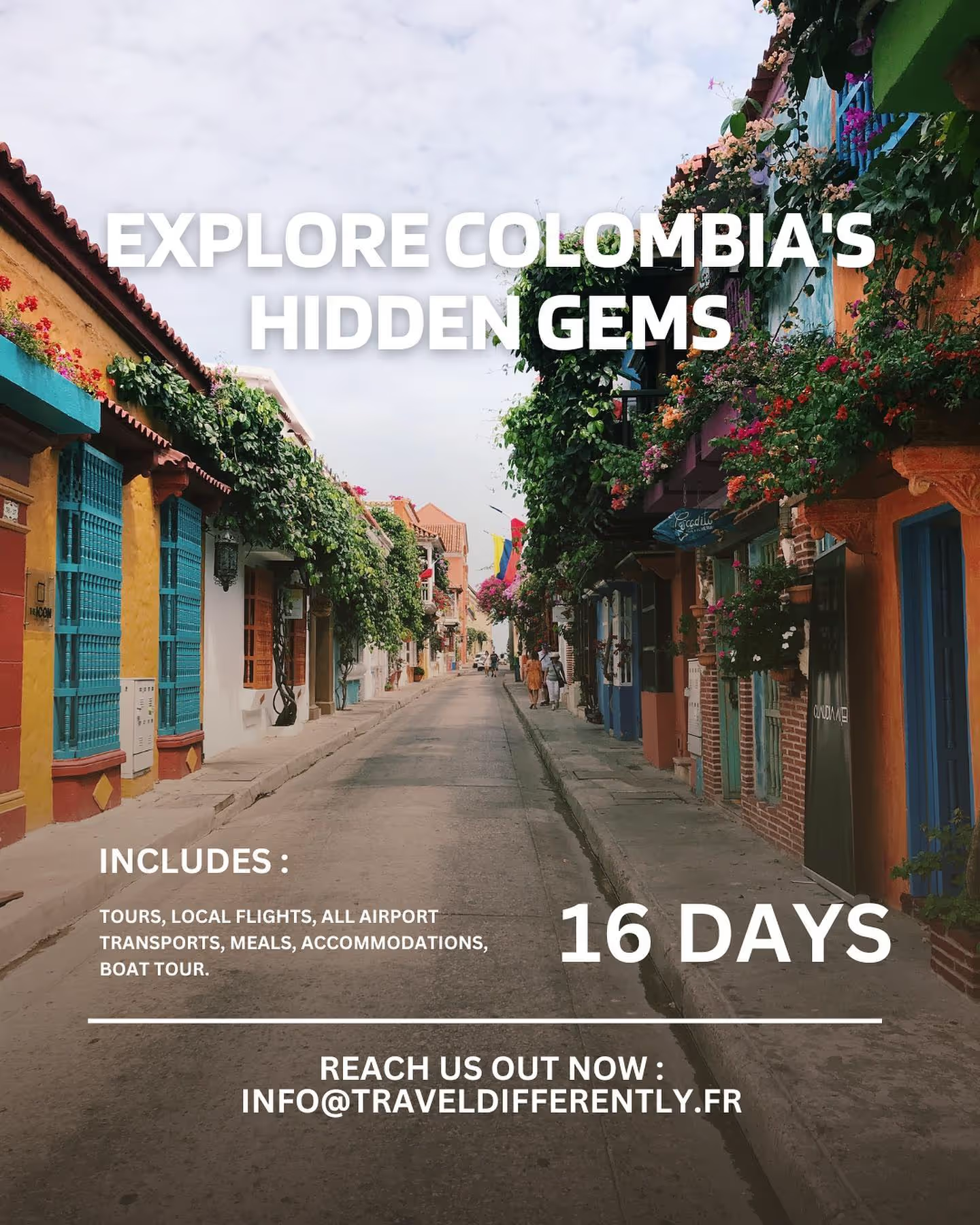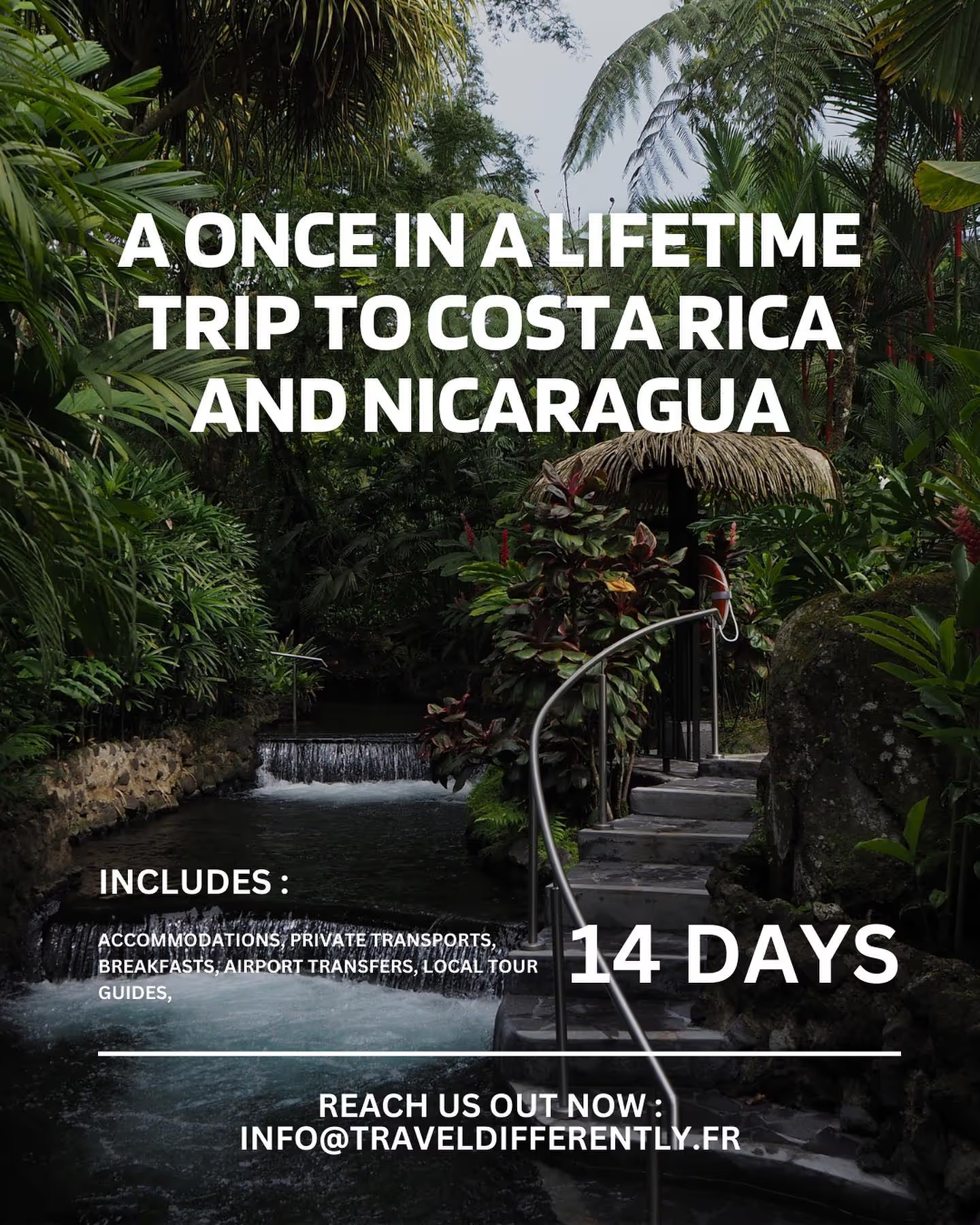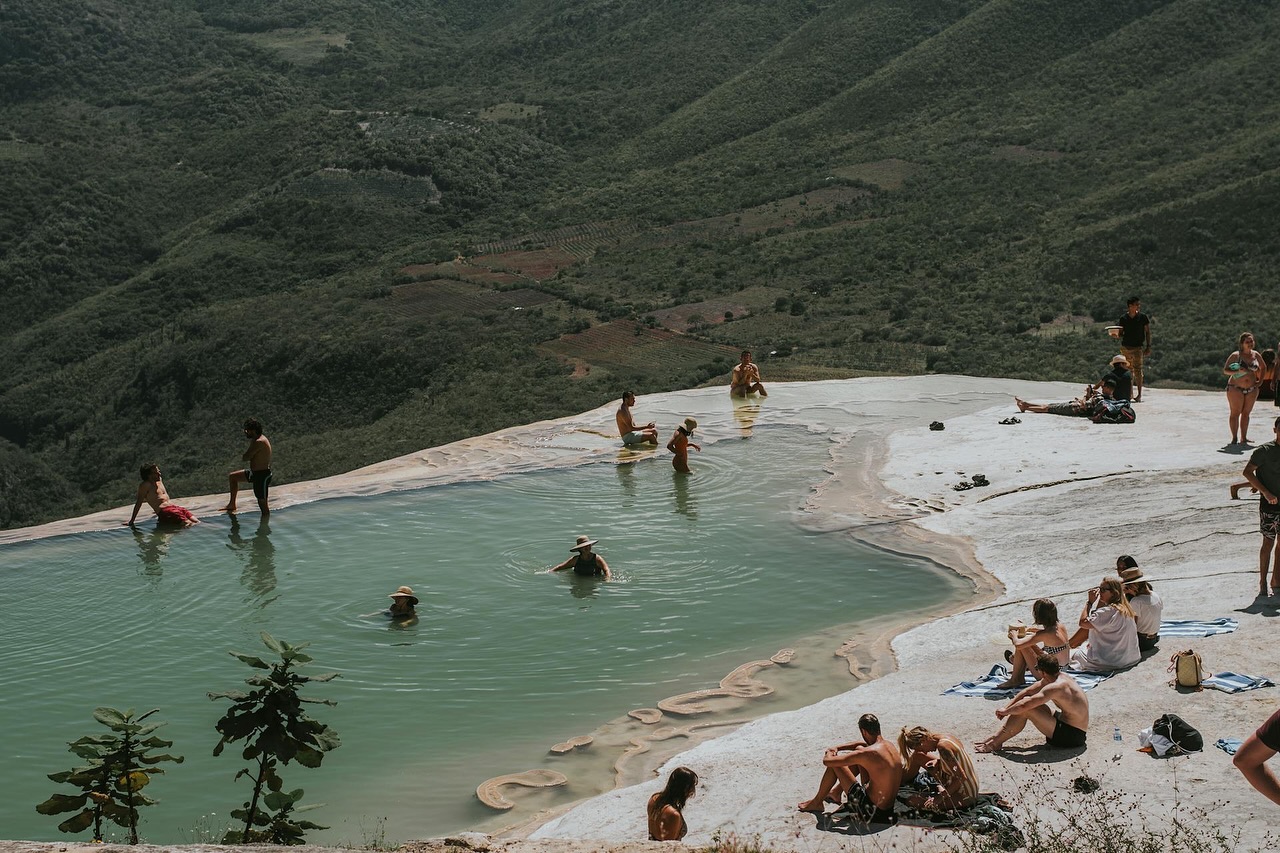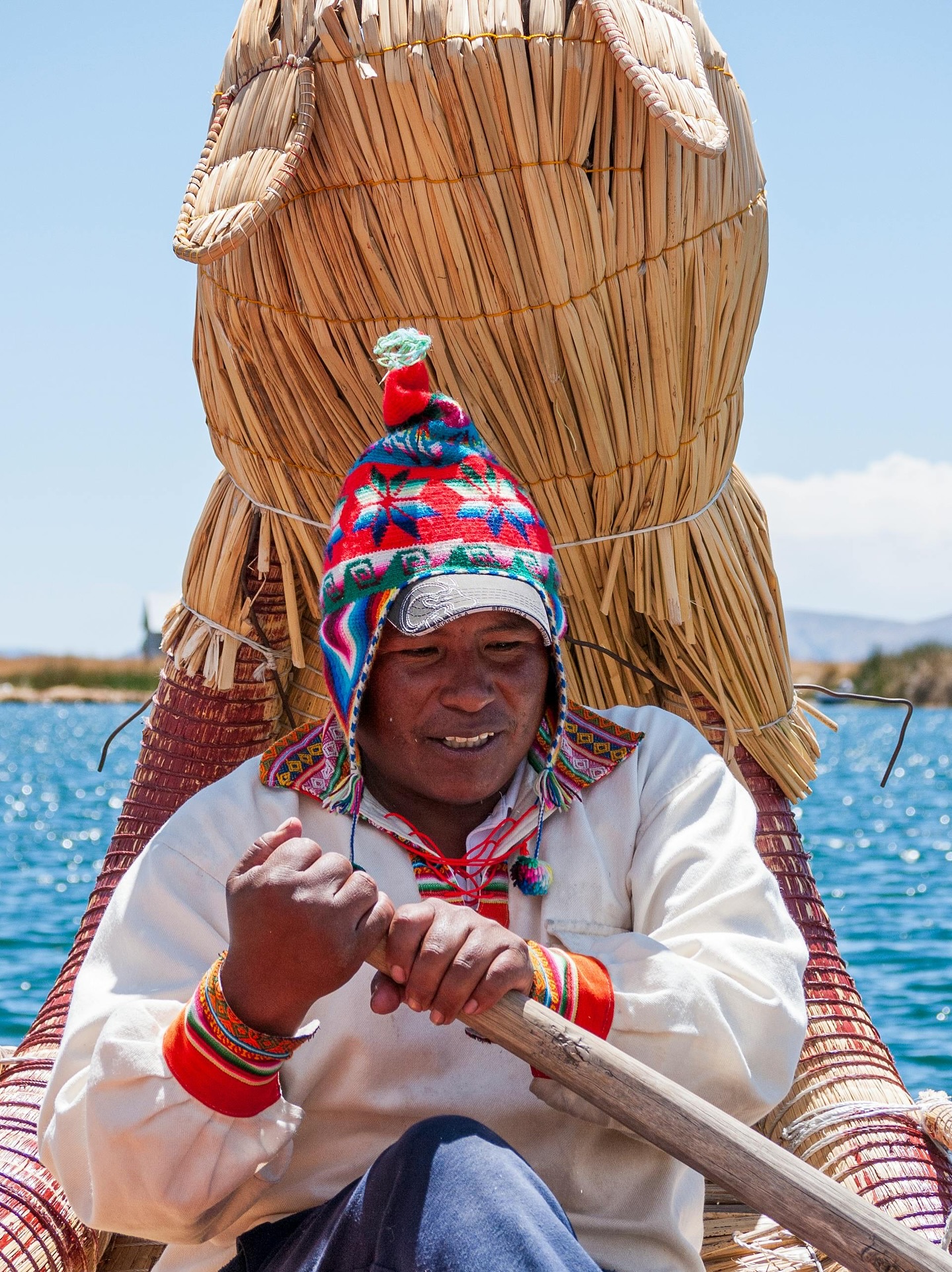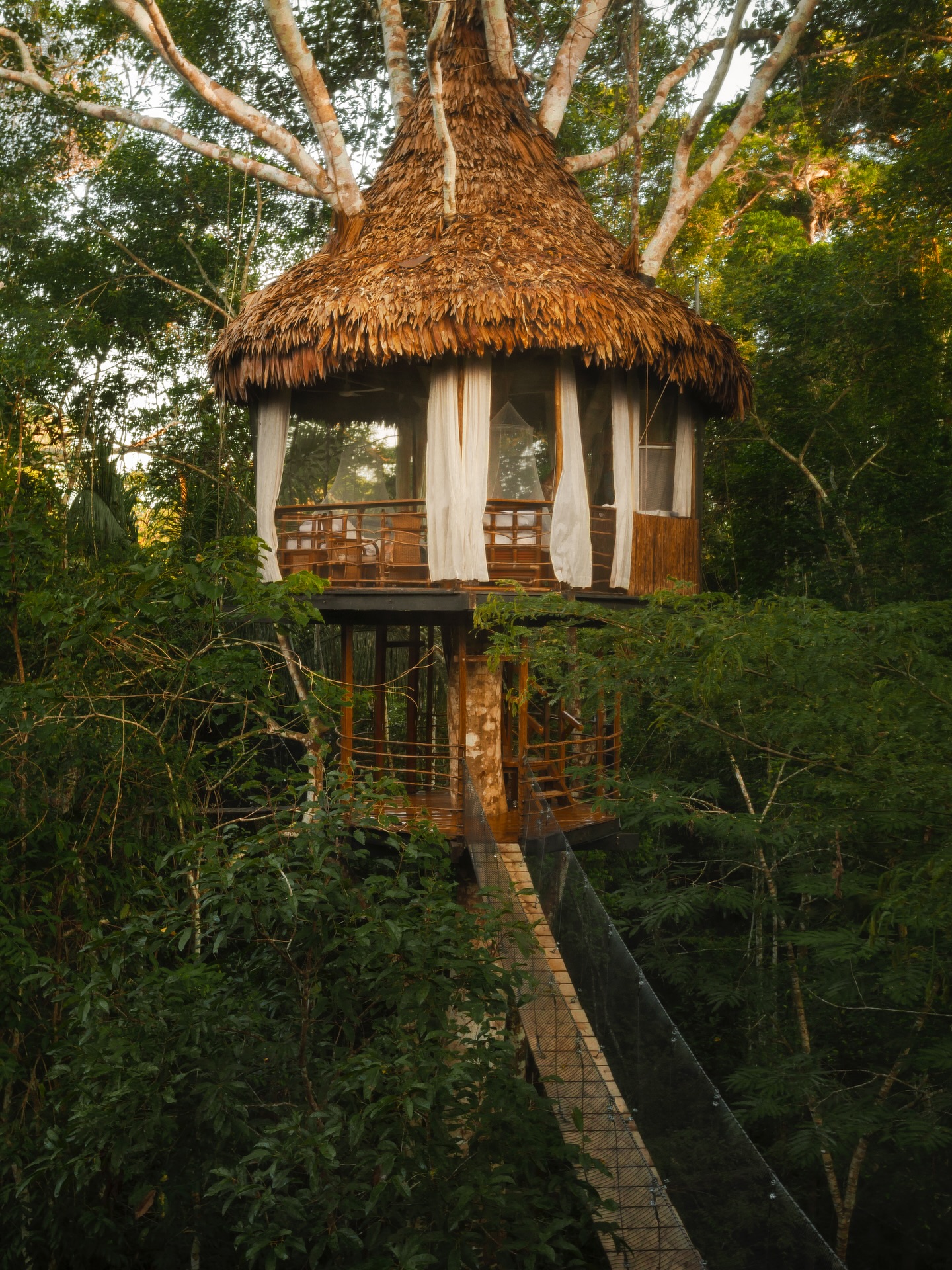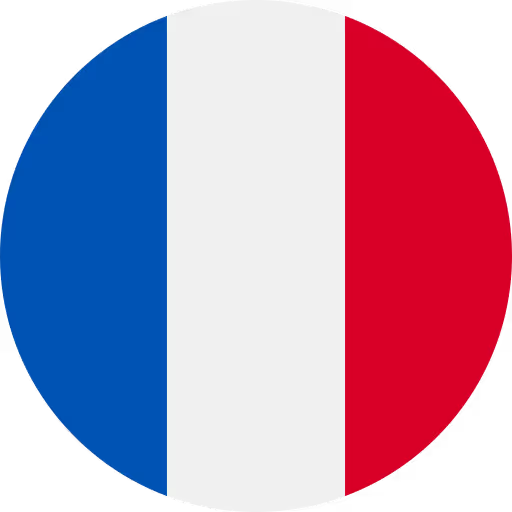When planning a trip to South and Central America, it's easy to get caught up in the excitement of exploring new cultures, trying new foods, and immersing yourself in the vibrant atmosphere of these amazing countries. But one thing that often gets overlooked is the importance of mastering Spanish vocabulary for travel.
Sure, you may know a few basic phrases like "Hola" (hello) and "Gracias" (thank you), but if you really want to make the most of your trip, it's essential to have a solid grasp of the language. Not only will it make communication with locals much easier, but it will also allow you to truly immerse yourself in the culture and experience all that these countries have to offer.
This is why we've created this comprehensive guide to mastering Spanish vocabulary for travel in South and Central America. In this article, we'll start by covering some of the most important global words and phrases you should know. Then, we'll delve into the specific expressions and vocabulary that you'll need to know for each country in the region.
So, whether you're planning a trip to Mexico, Argentina, Colombia or any other country in the region, you'll be prepared to communicate like a pro.
So, without further ado, let's get started on mastering Spanish vocabulary for travel in South and Central America. ¡Vamos!
Global Spanish Words to Know
When traveling to South and Central America, it's important to remember that Spanish is the dominant language spoken throughout the region. While it may be tempting to rely on English or gestures to communicate, mastering a few key Spanish words and phrases can make a huge difference in your travel experience.
That's why we've compiled a list of essential Spanish vocabulary for travel in South and Central America. These global words and phrases will come in handy no matter where your travels take you, from the bustling streets of Buenos Aires to the tranquil beaches of Costa Rica.
First up, let's start with the basics. Greetings are an important part of any language, and Spanish is no exception. Common greetings include "hola" (hello), "buenos días" (good morning), "buenas tardes" (good afternoon), and "buenas noches" (good evening).
Next, it's important to know some basic phrases for everyday interactions. "Por favor" (please) and "gracias" (thank you) are essential for polite conversation. "Disculpe" (excuse me) is a useful phrase for getting someone's attention or apologizing.
When it comes to travel-specific vocabulary, there are a few key phrases to keep in mind. "¿Dónde está el baño?" (where is the bathroom?) is a must-know phrase, as is "¿Cuánto cuesta?" (how much does it cost?) when haggling for souvenirs. "¿Hablas inglés?" (do you speak English?) is also a handy phrase to have on hand in case of language barriers.
So there you have it, a few global Spanish words and phrases to get you started on your journey through South and Central America. But remember, the best way to master a language is through practice. So don't be afraid to put these words and phrases to use and immerse yourself in the local culture.
The most common words and expressions to know:
- Buenos días (Good morning)
- Buenas tardes (Good afternoon)
- Buenas noches (Good evening)
- ¿Hablas español? (Do you speak Spanish?)
- Hasta luego (See you later)
- Por favor (please)
- Gracias (thank you)
- Lo siento (sorry)
- Hola (hello)
- Adiós (goodbye)
- Sí (yes)
- No (no)
- Bueno (good)
- Malo (bad)
- Cómo estás? (how are you?)
- ¿Cuánto cuesta? (how much does it cost?)
- ¿Dónde está? (where is it?)
- ¿Qué hora es? (what time is it?)
- ¿De dónde eres? (where are you from?)
- ¿Hablas inglés? (do you speak English?)
- ¿Puedes ayudarme? (can you help me?)
- ¡Atención! (watch out!)
- ¡Cuidado! (be careful!)
- ¡Vamos! (let's go!)
- Cerveza (Beer)
- Agua (Water)
- Comida (Food)
- Transporte (Transportation)
- Cambio (Change (money))
- Banco (Bank)
Understanding the Differences in Spanish between Spain and Central America
When traveling to Central and South America, it's important to understand that Spanish can vary significantly from country to country and even within regions. While many of the basic grammar and vocabulary rules remain the same, there are certain differences that can trip up even experienced Spanish speakers.
One major difference between Spanish spoken in Spain and that spoken in Central and South America is the use of slang and colloquial expressions. In Spain, formal language is often used in professional and formal settings, while in Central and South America, informal language is more commonly used in all settings. This means that words and phrases that may be considered rude or informal in Spain may be perfectly acceptable in Central and South America.
Another difference is the use of vosotros, a pronoun and verb conjugation used in some Central American countries and the Andean region of South America. In contrast, Spain uses the pronoun "tú" and its corresponding verb conjugation.
Additionally, the accent and pronunciation can also vary greatly between regions. For example, the "s" sound is often pronounced as a "th" sound in Argentina and Uruguay, while in Mexico, the "j" sound is often pronounced as a "h" sound.
Understanding these differences in advance can help travelers navigate the Spanish language more easily and avoid misunderstandings. It's always a good idea to study some specific expressions and slang of the country you're visiting, in addition to the global Spanish words to know.
Mastering Spanish for Price Negotiation in South & Central America

In many countries in South and Central America, tourists (also known as "gringos") are often charged higher prices than locals. This is particularly true for those who do not speak Spanish well, as merchants may assume they will not understand the true cost of goods or services.
That's why mastering Spanish vocabulary, especially when it comes to negotiating prices, is crucial for getting the best deals while traveling in these regions. Here are a few key phrases to help you negotiate prices in Spanish:
- "¿Cuál es el precio?" (What is the price?) - Use this phrase to ask the cost of an item or service.
- "¿Puedo conseguir un mejor precio?" (Can I get a better price?) - Use this phrase to negotiate a lower price on an item or service.
- "Es demasiado caro para mí" (It's too expensive for me) - Use this phrase to express that an item or service is out of your budget.
- "¿Puedo hacer una oferta?" (Can I make an offer?) - Use this phrase to make an offer for a lower price on an item or service.
- "¿Puedo ver más opciones?" (Can I see more options?) - Use this phrase to ask to see other items or services at different prices.
By mastering these phrases and learning how to negotiate prices in Spanish, you'll be able to save money and have a more authentic and enjoyable experience while traveling in South and Central America. Remember, it's important to be respectful and polite when negotiating prices, and always be prepared to walk away if the price is not right for you.
Specific Spanish Vocabulary by Country in Central and South America
Argentina :

- Che: This is a common way of addressing someone in Argentina, similar to "dude" or "mate" in English.
- Tango: The tango is a popular dance and music style in Argentina, and you may want to know some basic steps before visiting a milonga (tango dance hall).
- Asado: This is the Argentine term for a barbecue, and it is a popular way to socialize and enjoy traditional Argentine cuisine.
- Yerba mate: This is a traditional Argentine drink made from the leaves of the yerba mate plant, which is often consumed in a gourd and shared among friends.
- Futbol: Football (soccer) is a huge part of Argentine culture and you'll hear people talking about it everywhere.
- Guacho: This is a slang word for a child or young person, similar to "little one" or "kid" in English.
- Choripán: This is a popular street food in Argentina, consisting of a grilled sausage sandwich typically served with chimichurri sauce.
- Pibe: This word is used to refer to a young man or boy, similar to "dude" or "bro" in English.
- Pibe chorro: This is a slang term used to refer to a young man who is up to no good, similar to "hoodlum" or "troublemaker" in English.
- Conchudo: This is a slang word that refers to someone who is stubborn or obstinate, similar to "stubborn" or "mule-headed" in English.
- Fiaca: This word refers to a feeling of laziness or apathy, similar to "sloth" or "lethargy" in English.
- Ojo: This word means "eye" in Spanish, but it is also used as a warning or caution, similar to "watch out" or "be careful" in English.
Bolivia :

- "Chévere" - Cool, great
- "Qué lindo" - How nice
- "¡Qué interesante!" - How interesting!
- "¡Qué divertido!" - How fun!
- "Alojamiento" - Accommodation
- "Mochila" - Backpack
- "Zapatos" - Shoes
- "Ropa" - Clothes
- "Baño" - Bathroom
- "Mapa" - Map
Chile :
.avif)
- "Chévere" or "padre": similar to "cool" or "awesome"
- "Cachai": similar to "do you understand?" or "get it?"
- "Pata": friend or buddy
- "Chamba": job or work
- "A full": to be very busy or swamped
- "Guagua": bus
- "Al tiro": right away or immediately
- "Chilote": someone from the southern island of Chiloé
- "La cueca": traditional Chilean dance and national dance
- "Chorrillana": a popular dish of french fries topped with beef, eggs, and cheese
- "La polar": a popular department store in Chile
- "La feria": outdoor market or fair
- "La lluvia de estrellas": meteor shower
- "La cuesta de enero": the financial struggles of the month of January.
Colombia :
.avif)
- "Por favor" (please) and "Gracias" (thank you) are essential for basic polite interactions in Colombia.
- "¿Cómo estás?" (how are you?) is a common greeting.
- "¡Hola!" (hello) is also commonly used, as well as "¡Buenos días!" (good morning) and "¡Buenas tardes!" (good afternoon/evening).
- "¿Qué tal?" (what's up?) is a casual way to ask how someone is doing.
- "¿Qué onda?" (what's happening?) is a slang way to ask how someone is doing.
- "¿Qué más?" (what else?) is another slang way to ask how someone is doing or what's new.
- "¿Me puedes ayudar?" (can you help me?) is a useful phrase to ask for assistance.
- "¿Dónde está...?" (where is...?) is a phrase to ask for directions.
- "¿Cuánto cuesta?" (how much does it cost?) is a phrase to ask for prices.
- "¿Tienes...?" (do you have...?) is a phrase to ask if a store or vendor has a certain item.
- "Nada" (nothing) is a common response to "¿Qué tal?" or "¿Qué más?", meaning "not much" or "nothing new".
- "Todo bien" (all good) is a common response to "¿Qué tal?", meaning "I'm good".
- "Todo tranquilo" (all calm) is another common response to "¿Qué tal?", meaning "nothing much is happening".
- "Eso" (that) is a slang way of saying "yes" or "I agree".
- "¡Eso eso!" (that's it!) is an expression of agreement or excitement.
- "¡Ajá!" (got it!) is an expression of understanding or agreement.
Costa Rica :

- Pura vida: This is a common phrase in Costa Rica that translates to "pure life" and is used as a greeting, a way to express appreciation, or as a general expression of positivity.
- Tico/Tica: These are terms used to refer to someone from Costa Rica, similar to the way "yankee" is used in the United States.
- Fria/Frito: These words are used to describe something that is cold or cold weather.
- Chévere: This word is used to describe something that is cool or great.
- Guagua: This is a term used to refer to a bus, as public transportation is commonly referred to as "guagua" in Costa Rica.
- Estrictamente prohibido: This phrase means "strictly prohibited."
- Cien por ciento: This phrase means "100%."
- Que bueno: This phrase means "how good" or "that's good."
- Que rico: This phrase means "how delicious."
- Pocho: This word is used to describe someone who is not from Costa Rica but lives there.
Ecuador :

- "Qué tal?" - This is a common way to greet someone in Ecuador, similar to "How are you?" in English.
- "Chevere" - This word is used to describe something that is cool or great.
- "Pata" - This word means "friend" or "buddy" in Ecuador.
- "Chamba" - This word is used to refer to a job or work.
- "Chévere" - This word is used to describe something that is good or great.
- "Guagua" - This is the word used for bus in Ecuador.
- "Ceviche" - This is a traditional dish made with raw fish marinated in lime juice and spices.
- "Ecuatoriano/a" - This is the word used to describe someone from Ecuador.
- "Panama" - This is a traditional hat made from straw, typically worn by farmers in Ecuador.
- "Churrasco" - This is a traditional dish made with grilled meat, often served with a side of fries.
Peru :

- "Ceviche" - a popular dish in Peru made of raw fish marinated in lime juice, chili peppers, and cilantro
- "Pisco" - a type of brandy made in Peru, often used in traditional cocktails such as the Pisco Sour
- "Ají" - a type of chili pepper commonly used in Peruvian cuisine
- "Inka" - another name for the Inca Empire, a major civilization in ancient Peru
- "Lima" - the capital and largest city of Peru
- "Alpaca" - a domesticated mammal commonly found in the Andes mountains and known for its soft, warm wool
- "Machupicchu" - a UNESCO World Heritage Site and one of the most popular tourist destinations in Peru, known for its ancient Inca ruins
- "Chifa" - a type of Peruvian-Chinese cuisine, blending traditional Chinese dishes with Peruvian ingredients and flavors
- "Papa" - the Spanish word for potato, a staple crop in Peru and an important part of the country's cuisine.
- "Churros" - a type of fried dough pastry that are very popular in Peru and can be served with a variety of sweet and savory toppings.
- "Causa" - a traditional Peruvian dish made with mashed potatoes and various fillings such as chicken, seafood, or vegetables.
- "Piqueo" - a type of appetizer platter that typically includes a variety of small dishes such as empanadas, causas, and tiraditos.
- "Chicha" - a traditional Peruvian drink made from fermented corn, often flavored with fruits or spices.
- "Cuy" - a type of guinea pig that is commonly consumed as a source of protein in Peru.
Mexico :

- ¡Órale! - This is a common expression used as an exclamation or to show agreement or enthusiasm.
- ¡Qué chido! - This translates to "how cool!" and is used to express excitement or approval.
- ¡Qué padre! - Similar to "qué chido," this translates to "how great!" and is used to express excitement or approval.
- ¡Qué bonito! - This translates to "how beautiful!" and is used to express admiration or appreciation.
- ¡Qué rico! - This translates to "how delicious!" and is used to express enjoyment of food or drink.
- ¡No manches! - This translates to "no way!" and is used to express surprise or disbelief.
- ¡Eso es! - This translates to "that's it!" and is used to show agreement or to encourage someone.
- ¡Muy bien! - This translates to "very good!" and is used to show approval or praise.
- ¡Sí se puede! - This translates to "yes, it can be done!" and is often used as a motivational phrase.
- ¡Sí señor! - This translates to "yes, sir!" and is a polite way to show agreement or respect.
- ¡A toda madre! - This translates to "awesome!" and is used to express excitement or approval.
- ¡Vámonos! - This translates to "let's go!" and is used to encourage someone to leave or start something.
- ¡Epa! - This is an informal way to get someone's attention and is similar to saying "hey!"
- ¡Oye! - This translates to "hey!" and is used to get someone's attention or to express surprise.
- ¡No mames! - This is a strong and informal way to express surprise or disbelief. It is similar to saying "no way!"
- ¡Aguas! - This translates to "watch out!" and is used as a warning or caution.
Nicaragua :

- ¡Qué chévere! - This phrase is often used to express excitement or approval, similar to "cool" or "awesome" in English.
- ¡Pura vida! - This phrase means "pure life" and is often used as a casual greeting or to express appreciation for life's simple pleasures.
- ¡Chica/o! - This is a casual way to address someone, similar to "dude" or "buddy" in English.
- ¡Eso! - This phrase is often used to express agreement or affirmation, similar to "that's right" or "exactly" in English.
- ¡Ni modo! - This phrase is used to express resignation or acceptance of a situation, similar to "oh well" or "whatever" in English.
- ¡Chévere! - Similar to "Qué chévere" but less formal, often used as an exclamation of pleasure or excitement.
- ¡Qué padre! - This phrase is often used to express excitement or approval, similar to "cool" or "awesome" in English.
- ¡Listo! - This phrase is often used to signal agreement or readiness, similar to "okay" or "let's go" in English.
- ¡Qué onda! - This phrase is a casual way to say "What's up?".
- ¡Qué tal! - This phrase is a casual way to say "How are you?".
- ¡Qué bueno! - This phrase is often used to express agreement or satisfaction, similar to "good" or "great" in English.
- ¡Qué pasa! - This phrase is a casual way to say "What's happening?".
- ¡Qué chiva! - This phrase is often used to express excitement or approval, similar to "cool" or "awesome" in English.
- ¡Qué rollo! - This phrase is often used to express agreement or satisfaction, similar to "good" or "great" in English.
To conclude

In conclusion, mastering Spanish vocabulary for travel in South and Central America is essential for having a more authentic and enjoyable experience. By learning global words and phrases, as well as specific expressions for each country, travelers can better navigate communication and cultural barriers.
It's important to remember that mastering a new language takes time and practice. We encourage readers to continue expanding their vocabulary and practicing with native speakers. The more you know, the more you can appreciate the rich and diverse cultures of South and Central America.
In addition, don't be afraid to make mistakes. Making mistakes is a natural part of the language learning process and locals will appreciate the effort.
Lastly, try to immerse yourself in the culture and speak Spanish as much as possible. This will not only help you learn the language faster but also give you a deeper understanding of the culture.
In summary, learning Spanish vocabulary for travel in South and Central America is a valuable investment that will make your journey more enjoyable, authentic and memorable. So, start practicing today and be ready for your next adventure in the region. Happy travels!
{{component-create-my-trip="/"}}
Frequently Asked Questions
1. Why is it important to learn Spanish for traveling in South and Central America?
Learning Spanish allows you to connect with locals, enhance your travel experiences, and better understand the culture. Basic knowledge of travel-specific Spanish phrases helps with everyday interactions, such as ordering food, asking for directions, and negotiating prices.
2. What are some essential Spanish words and phrases for travelers?
Some must-know phrases include greetings like "Hola" (hello) and "Gracias" (thank you). Essential travel phrases like "¿Dónde está el baño?" (where is the bathroom?), "¿Cuánto cuesta?" (how much does it cost?), and "¿Hablas inglés?" (do you speak English?) will make interactions smoother.
3. Are there major differences in Spanish between South and Central America?
Yes, Spanish varies by region, with differences in slang, pronunciation, and formalities. For instance, Argentina and Uruguay may pronounce "s" sounds as "th," while Mexico often uses "j" sounds pronounced as "h." Knowing these differences can help you adapt quickly.
4. How can I negotiate prices in Spanish while traveling?
Mastering key phrases like "¿Puedo conseguir un mejor precio?" (can I get a better price?) or "Es demasiado caro para mí" (it's too expensive for me) can help you save money while shopping. Being polite yet firm during negotiations is essential for effective communication.
5. What are some country-specific Spanish words to know?
In Argentina, "Che" is a common term meaning "friend," while in Costa Rica, "Pura vida" is a popular phrase meaning "pure life." In Mexico, "¡Qué padre!" means "how cool!" Learning these terms can make your conversations more engaging and authentic.
6. What if I make mistakes while speaking Spanish?
Don't worry about mistakes! Making errors is a natural part of language learning. Locals generally appreciate the effort, and your willingness to try speaking Spanish will make a positive impression.
7. How can I improve my Spanish vocabulary before my trip?
To build your vocabulary, consider using language apps, practicing with native speakers, or joining local Spanish-speaking groups. The more you practice, the more comfortable you'll be speaking Spanish during your travels.






.avif)

.avif)
.png)
.png)


